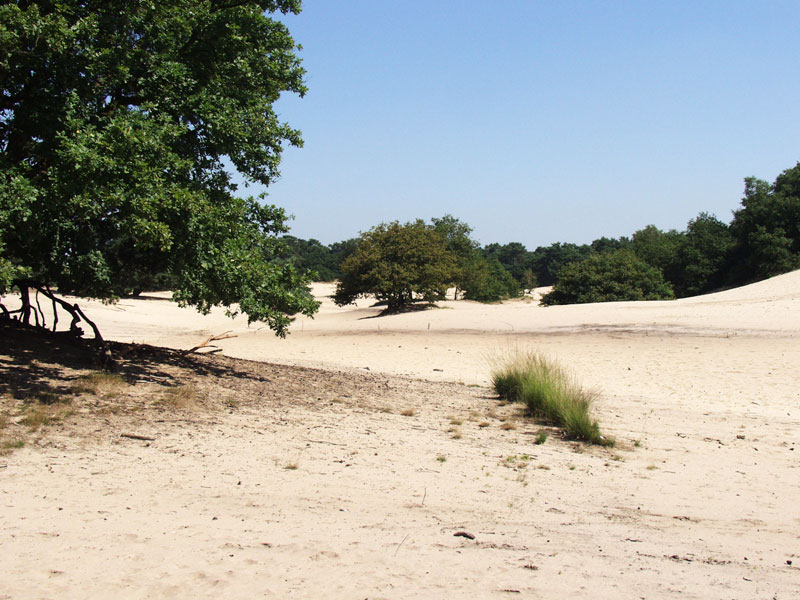CLIENT MEETINGS
FUNFACT: DID YOU KNOW THAT THERE ARE OVER 300 VOLUNTEERS THAT COME TO HELP OUT IN THE DUNES WITH DIFFERENT THINGS SUCH AS CUTTING TREES AND COUNTING SPECIES
Joint Meetings
https://dutchdyingdesert.wordpress.com/
Even though we could not go to the field to get some more drone pictures, we got some lab work done. We ran into some problems because we did not have some of the chemicals needed to fully go thru with the ion chromatography.
LAB EXPERIMENTS
Different sets of lab experiments where carried out such as to check the acidity of the soil as well as Ion Chromotography in the water.
samples where taken from two levels, in the soil. Variations in the composition of these would thus give the project group an idea of the nutrients levels in the soil.
Ion Chromotography is used to assess the anions present in the sample. In this case, nitrates will be analysed.
More information on this can be found on the following website: https://serc.carleton.edu/microbelife/research_methods/biogeochemical/ic.html
Meetings

Nick, our chairman present via skype
Sample Taking
The photo above is of our chairman getting his hands a little dirty
Adam, our lab specialist
Drone Flying
We thought we
might be able to map up a section of the area in the first visit, however we
realized that it made more sense to just fly the drone for the planning stage
and then regroup and see how we were going to run the different missions later
on.

OUR FIRST VISIT
The first time
visiting the dunes was quite an experience. None of us had ever been to the dunes
before and it was an astounding site. The area had a vast array of different
species and organisms coexisting in peace.
Thesee were
from the large key stone species such as the pine trees, to smaller but still
equally important organisms such as the lichens and insect living in the wood
of dead branches.
The area was a
division between established forest, drifting sands and the pioneer communities
of early stage succession.
